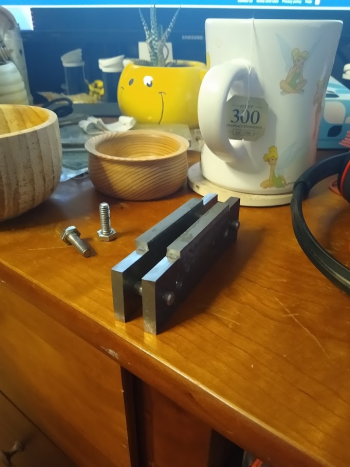In my whole life epoxy has always been a hot or miss tool. I have never had consistency from one usage to the next.
So many people love epoxy and seem to use it all the time. So it must be a technique problem.
I am using regular JB Weld. Pulling equal length beads and then mixing until same color, butter both pieces and press together and clamp.
Some times this would work. Tonight after an hour, when I touch it, it comes gooey onto my skin. Going to.ignore it until tomorrow. Other days my finger nails would skate over it by now.
Hopefully it will.set and cure by tomorrow. However, what exactly am I doing wrong? Why can't I get the same open work time, set time, and potentially cure time from a product and process like this?
So many people love epoxy and seem to use it all the time. So it must be a technique problem.
I am using regular JB Weld. Pulling equal length beads and then mixing until same color, butter both pieces and press together and clamp.
Some times this would work. Tonight after an hour, when I touch it, it comes gooey onto my skin. Going to.ignore it until tomorrow. Other days my finger nails would skate over it by now.
Hopefully it will.set and cure by tomorrow. However, what exactly am I doing wrong? Why can't I get the same open work time, set time, and potentially cure time from a product and process like this?

